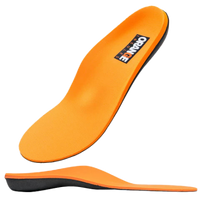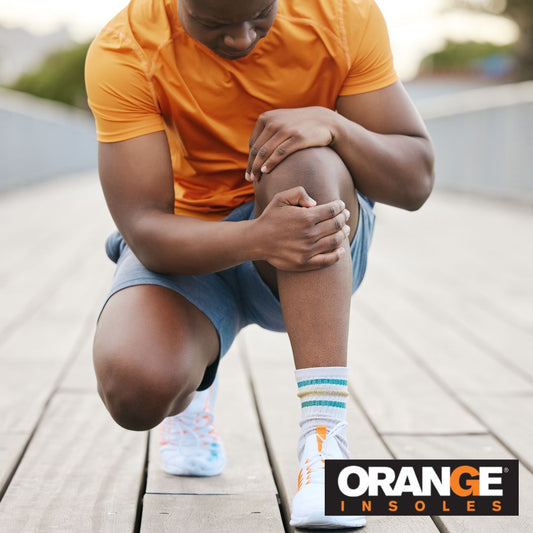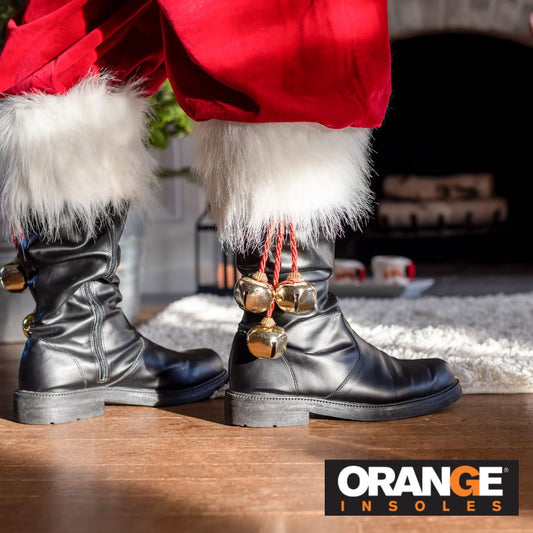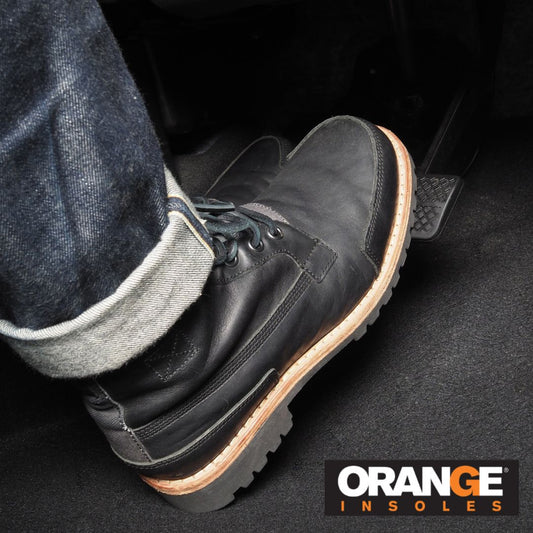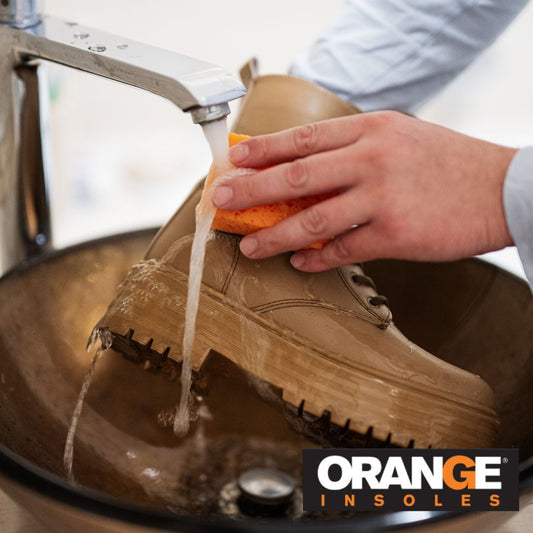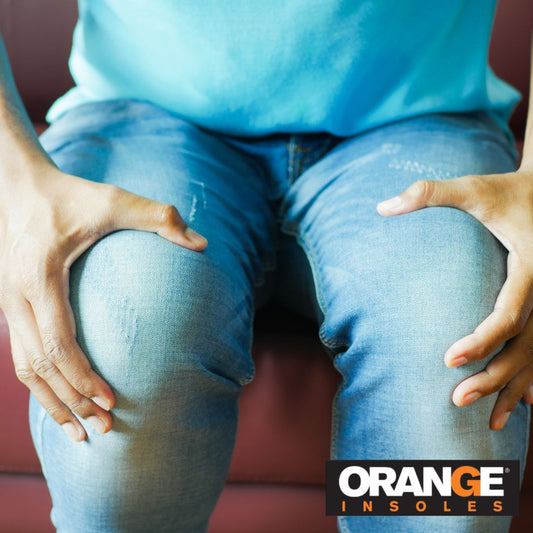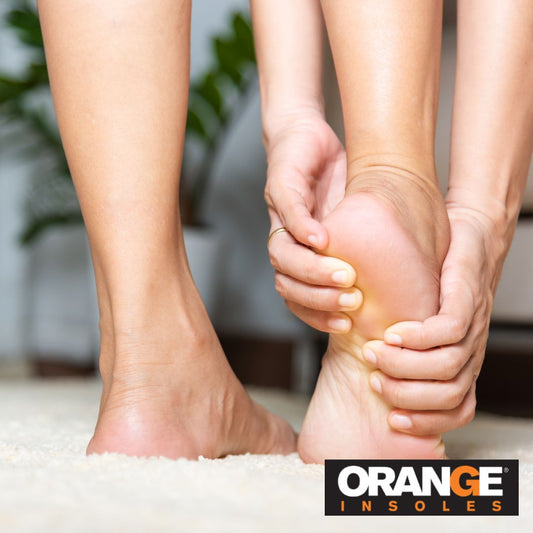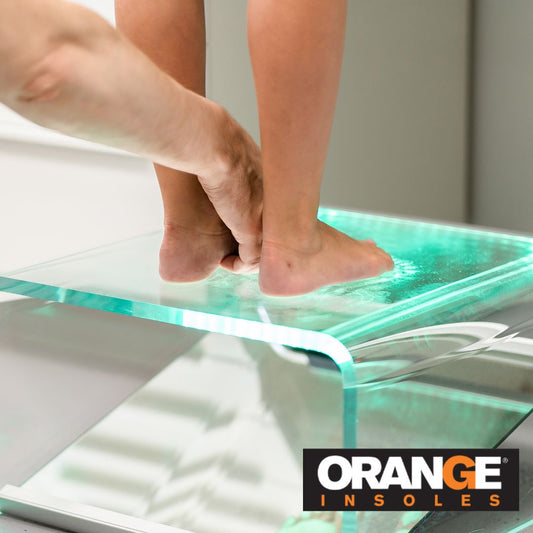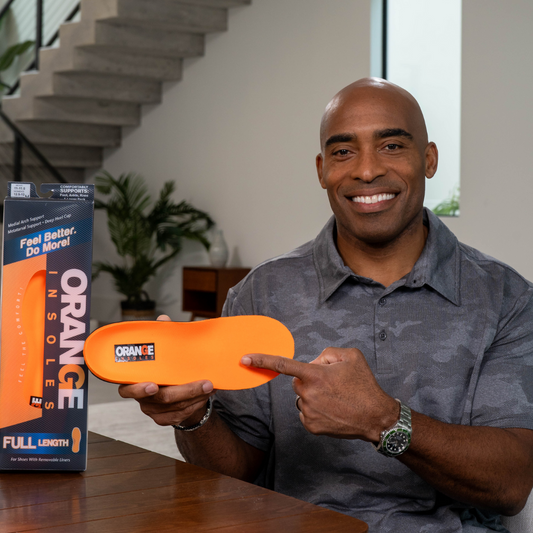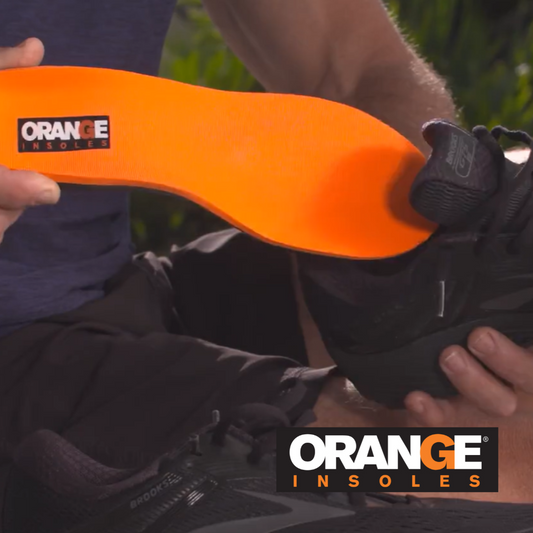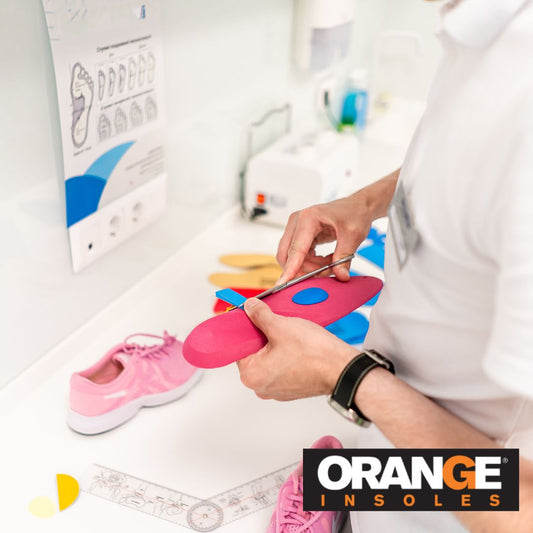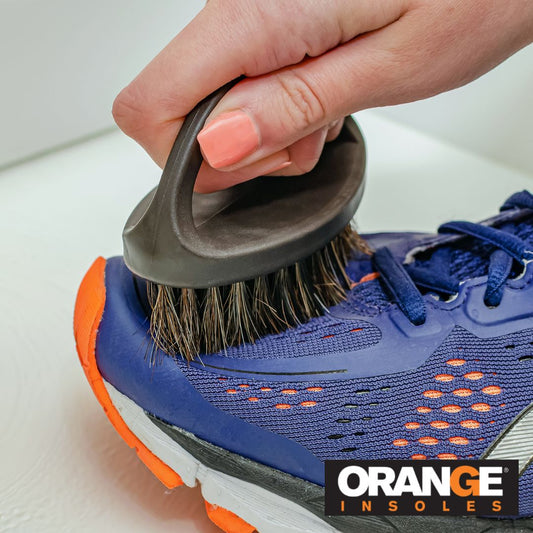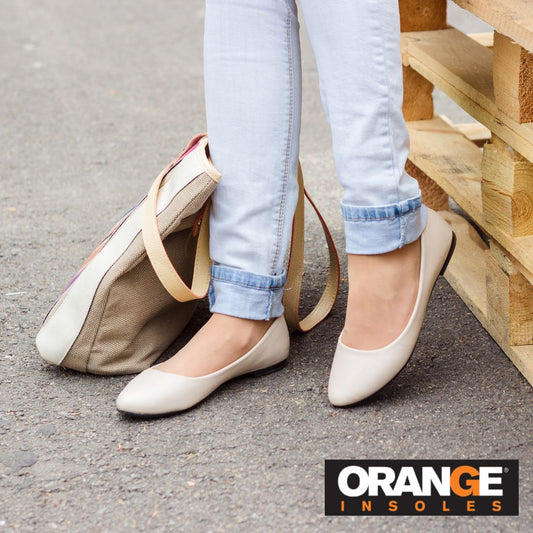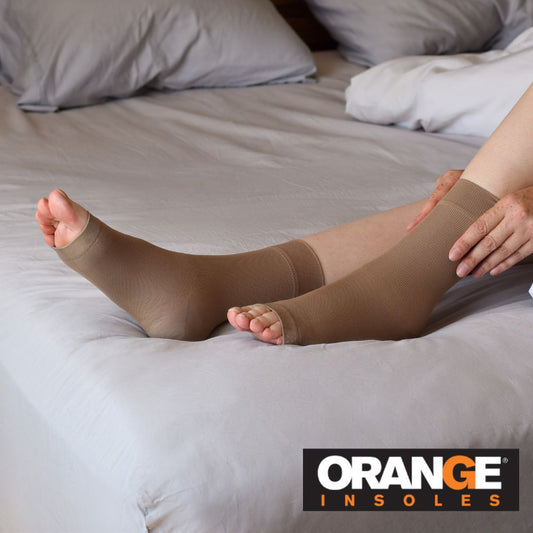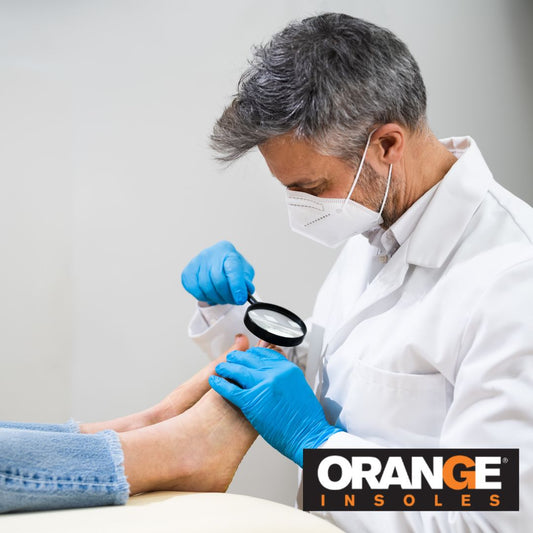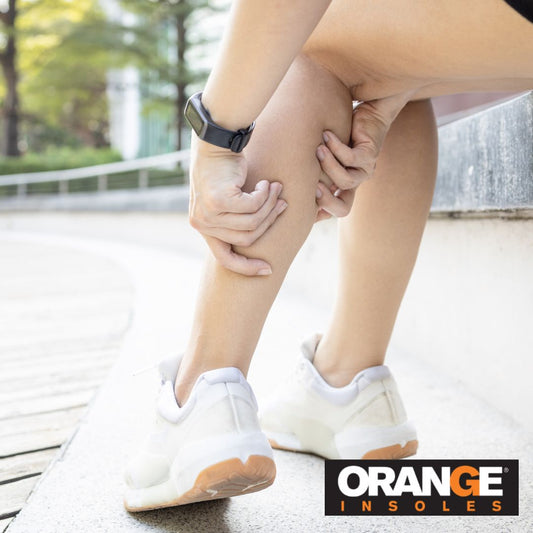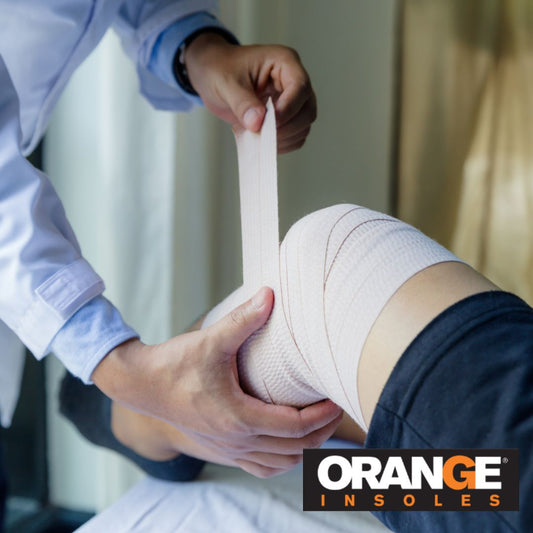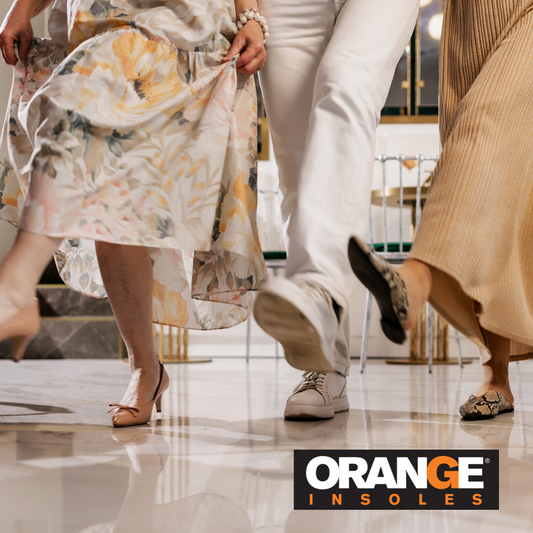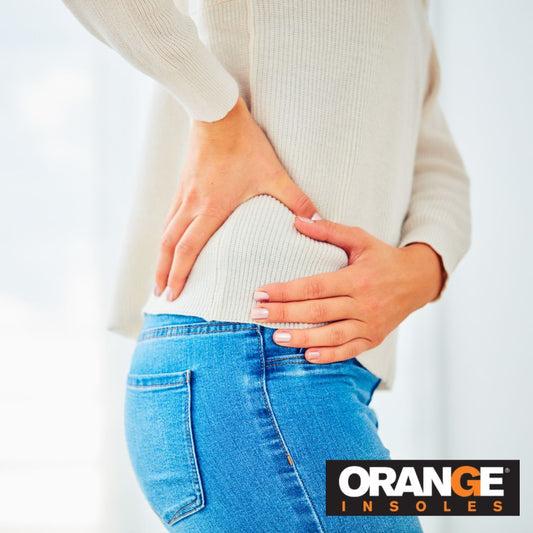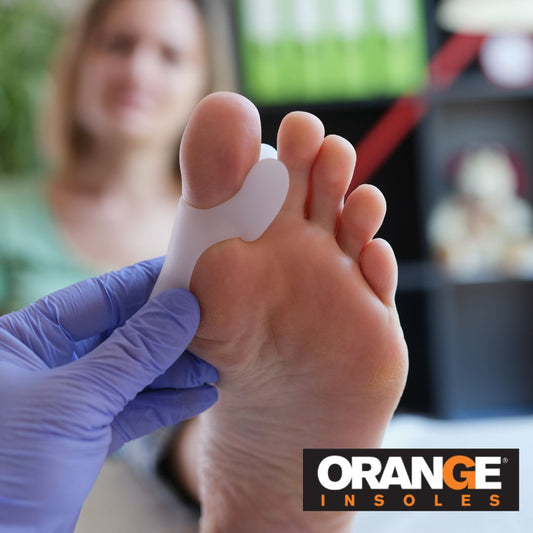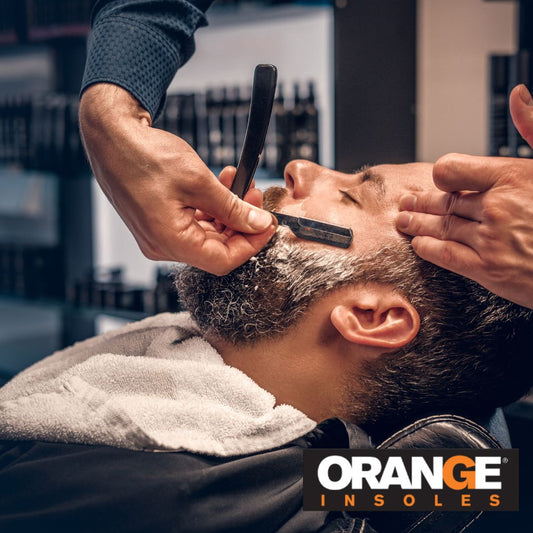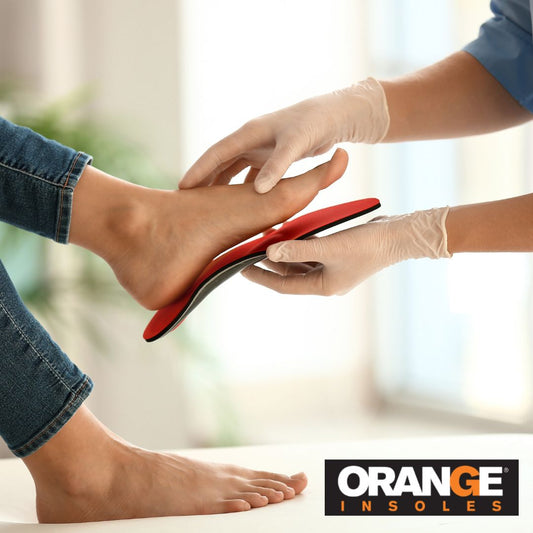It’s easy to forget about something that sits in the bottom of your shoe all day even if it’s helpful, right? Out of sight, out of mind. But that’s a dangerous attitude when it comes to your insoles considering that old insoles are no longer helpful and can do more harm than good. So, the big question is: when is it officially time to replace them? It’s not a super simple answer and it can just depend on how much you’re on your feet and your activities.
But, there are some guidelines you can follow and things you can look out for so you don’t have to worry about walking around on insoles that are no longer doing their job.
A Good Rule of Thumb: The Time Test
A good place to start is by asking yourself if your insoles are over a year old. Usually by the time a year is up, it’s time to replace them. Sometimes, you may need a new pair by six months, especially if you use them for a very physical job. It’s not an exact science, so really, you should be looking out for these five signs you need to throw away the old ones:
They’re getting discolored
If your foot sweat has swiped away the logo or faded out the original color, chances are they have reached their limit. This shouldn’t be mistaken for regular dirt or odor build-up, which can be easily solved by hand-washing your insoles with dish or laundry soap and a toothbrush.
They smell even after washing them
If they still stink even after a good scrubbing, you’re better off discarding them. This often means that fungus and bacteria can pose a risk for developing an foot infection. Yuck...
They’re starting to compress
An insole’s shape is probably the most important aspect of it. Once they can’t maintain their original shape- especially the arch- there is nothing the insole can really do to realign your body. Your feet can easily end up overpronating and making you susceptible to certain injuries. In this case, replacement is absolutely essential to avoid unnecessary pain!
They’re starting to crack
Even if they still feel cushiony (that’s a word, right?) under your feet, cracked and damaged insoles won’t redistribute your weight in the correct way. Even if the arch is doing okay, tears in the heel cups and metatarsal pads can mean more pressure and friction in certain areas of your feet. That can mean a whole range of issues including corns and calluses. You can read up on the benefits of metatarsal pads here; luckily, Orange Insoles have pads built-in.
Layers are beginning to peel off
Just like cracking, having layers peel off can pose some problems for your foot health. For example, our Orange Insoles use micro fiber as the first layer of protection against moisture. If that layer is damaged, then sweat can interfere with the integrity of the EVA foam.
How to make your insoles last a bit longer
If you want to get the most out of your insoles and make sure they last as long as possible, there are steps you can take to prolong their life.
- As a good hygiene practice, take out your insoles every day to dry from any moisture collected.
- Invest in high-quality insoles (like our Orange Insoles!) to avoid premature peeling
-
Find high-quality footwear that is exactly your size. Good shoes and good insoles work as a great support team.
Read more: Footwear and alignment
- Hand-wash insoles regularly
- Don’t use your insoles on days where you’ll be sitting most of the time
With all the hard work, errands, and activities that life throws your way, your feet need the care and support that only insoles in their prime can provide.
